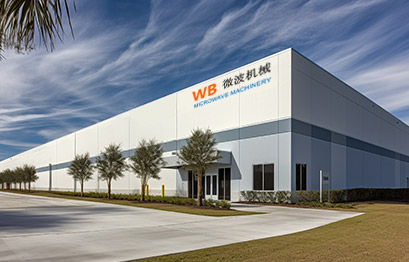Introduction to Parameters/Specifications
|
Material selection
|
?high-quality 38CrMoALA
|
|
Surface hardness
|
?HV: ≥ 290
|
|
Nitriding hardness
|
?HV950-1000
|
|
Nitriding depth
|
?0.45-0.7mm
|
|
Nitriding brittleness
|
?≤ Level 1
|
|
Surface roughness
|
?Ra0.4
|
|
Screw straightness
|
?0.015mm
|
|
Surface chrome plating hardness after nitriding
|
?≥ 900HV
|
|
Chrome plating thickness
|
?0.05-0.10mm
|
|
Dual alloy hardness
|
?60-70HRC
|
45/90 (diameter) 45/100 (diameter) 50/105 (diameter) 51/105 (diameter) 55/100 (diameter) 80/125 (diameter) 65/132 (diameter) 80/143 (diameter) 80/158 (diameter) 92/188 (diameter) screws choose different compression ratios according to different formulas and products
Scope of application:
Ordinary plastics, PP, PE, ABS, PVC, raw material granulation, production of pipes, profiles, sheets, wood plastic, and other extrusion machinery.
Product advantage:
The design of the conical barrel can effectively improve the conveying efficiency of materials on the conveyor. Its conical structure can better adapt to materials of different sizes, reduce jamming, and generate a certain driving force during the conveying process, making the materials move forward faster and improving overall conveying efficiency. Compared to traditional cylindrical drums, conical drums roll more smoothly, reducing unnecessary friction and resistance, and helping to lower the energy consumption of conveyors. At the same time, reducing wear and tear also extends the service life of the drum and reduces maintenance costs. The special shape of the conical barrel can play a certain dispersing role in the material conveying process, making the material more evenly distributed on the conveyor line, reducing the possibility of blockage, and improving the stability and reliability of the conveyor line. The design of the conical barrel reduces the generation of vibration and noise and reduces the impact on the surrounding environment and equipment. At the same time, it can better adapt to abnormal situations on the conveyor line, such as material accumulation, conveyor belt deviation, etc., ensuring the stable operation and production safety of the conveyor line.



 English
English 中文簡體
中文簡體






